South Africa vs Zimbabwe: Key Differences
– Geography & Resources: Diverse landscapes, climates, and resources in South Africa (mining, agriculture) vs mountainous, resource-limited Zimbabwe (coal, chromium).
– Economy: Robust South African economy with high GDP, diverse sectors, vs economic instability, hyperinflation in Zimbabwe. Colonialism's legacy impacts racial dynamics and disparities in both countries.
– Politics: Stable democracy in South Africa post-apartheid vs political instability, authoritarian rule in Zimbabwe under Mugabe.
– Culture: Rich cultural diversity in South Africa vs primarily Shona and Ndebele communities in Zimbabwe, though colonial encounters have influenced both. Natural migration patterns impact urban-rural dynamics in each country.
– Social & Economic Challenges: Addressing food security, infrastructure development, crime rates, media narratives through regional cooperation between South Africa and Zimbabwe is crucial.
The African continent is a rich mosaic of cultures and economies, presenting unique challenges and opportunities for development. Among its diverse nations, South Africa and Zimbabwe stand out as two countries with distinct historical trajectories and current realities, making the comparison between them naturally intriguing. Understanding the key differences between these Southern African neighbors is crucial, not just for regional dynamics but also for businesses, investors, and policymakers looking to navigate this dynamic landscape. This article aims to provide a comprehensive overview of these distinctions, shedding light on the unique aspects that shape South Africa vs Zimbabwe.
- Geography and Natural Resources: South Africa vs Zimbabwe
- Economic Comparisons: Performance and Challenges
- Political Systems and Governance Structures
- Cultural Diversity and Social Dynamics: A Comparative Study
Geography and Natural Resources: South Africa vs Zimbabwe
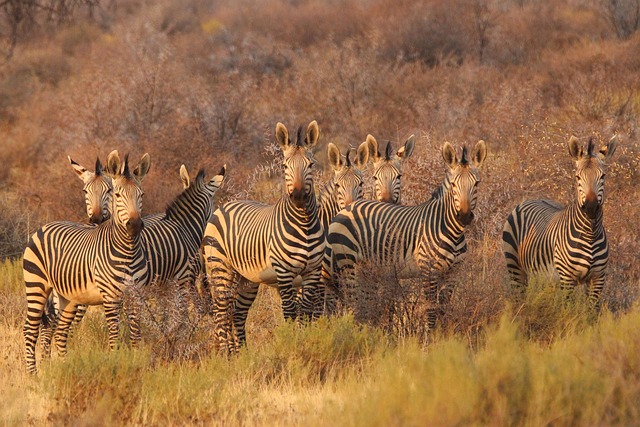
South Africa and Zimbabwe, two neighboring nations on the southern tip of Africa, share historical, cultural, and economic ties but also present distinct geographical and natural resource landscapes that influence their development trajectories. This section delves into the key differences between these countries, focusing specifically on their geography and natural resources, offering insights into how these factors contribute to social dynamics, economic challenges, and media representations.
In terms of geography, South Africa boasts a diverse terrain, ranging from majestic mountains like Table Mountain in Cape Town to vast plains known as the Lowveld. It has extensive coastlines along the Atlantic and Indian Oceans, providing significant natural harbors for trade and transportation. Zimbabwe, on the other hand, is characterized by a predominantly mountainous landscape dominated by the Great Zimbabwe Hills and the Eastern Highlands. The country’s rivers, such as the Zambezi and its tributaries, play a vital role in agriculture and energy production, but lack extensive coastlines compared to South Africa. This geographical disparity significantly impacts their respective climates, with South Africa experiencing a more diverse range of microclimates, while Zimbabwe’s interior regions present a hotter, drier climate.
South Africa vs Zimbabwe naturally when considering natural resources. The former has abundant mineral wealth, including gold, platinum, and diamonds, which have historically been key drivers of its economy. Its fertile land and favorable conditions make it a leading agricultural exporter, contributing to food security at both national and regional levels. Zimbabwe, while rich in minerals like coal, chromium, and nickel, has faced challenges with sustainable resource management. The country’s agricultural sector, once robust, has been impacted by land reform policies and climate change, raising concerns about food security. This disparity in natural endowments influences their respective economic strategies, with South Africa focusing on diversified industries and Zimbabwe seeking to enhance its resource governance practices.
The social dynamics influencing criminal activities in both nations are also shaped by these geographical factors. South Africa’s diverse population centers have led to complex urban challenges, including high rates of property crime and violent offenses. Zimbabwe, with its rural-urban divide, grapples with issues like poaching, illegal mining, and land-related conflicts. Media representations often highlight these disparities, portraying South Africa as a nation grappling with socioeconomic inequalities while Zimbabwe faces narratives centered around political instability and economic downturns.
Both countries operate within democratic systems but have experienced varying degrees of political stability. South Africa’s constitutional democracy has been praised for its robust institutions and respect for human rights, fostering an environment conducive to business and foreign investment. Zimbabwe, despite periodic elections, has faced criticism for alleged democratic backsliding and state-sanctioned violence. These political dynamics impact international relations and regional cooperation, with South Africa playing a pivotal role in various regional organizations.
Regarding infrastructure, South Africa boasts well-developed transportation networks, including an extensive highway system and a robust rail network connecting major cities and ports. Zimbabwe’s infrastructure has faced challenges due to economic downturns, but efforts are underway to enhance road and energy sectors through public-private partnerships. The situation necessitates increased investment in critical infrastructure projects to support regional trade and economic growth.
In conclusion, the geography and natural resources of South Africa and Zimbabwe play a pivotal role in shaping their respective social, economic, and political landscapes. Understanding these differences is essential for fostering regional cooperation, addressing food security concerns, and promoting sustainable development across the continent. Given the interconnectedness of these nations, collaborative efforts between transport networks in South Africa and Zimbabwe can further strengthen regional integration and mutual support.
Economic Comparisons: Performance and Challenges

South Africa and Zimbabwe, two neighboring nations in Southern Africa, exhibit stark contrasts when compared along economic metrics, with their unique histories of colonialism and distinct cultural identities playing pivotal roles. While South Africa boasts a robust economy characterized by diverse industries and a vast market, Zimbabwe’s economic landscape has been marked by instability and challenges over the past decades.
In terms of performance, South Africa’s GDP per capita is significantly higher than Zimbabwe’s, reflecting a more developed economic structure. The country’s varied geography, ranging from lush agriculture to robust mining sectors, supports its strength in international trade. In contrast, Zimbabwe’s economy has struggled with recurring hyperinflation and currency issues, hindering its ability to attract foreign investment. Language diversity also diverges; South Africa is home to eleven official languages, including English, Afrikaans, and several African languages, fostering a cosmopolitan atmosphere that may contribute to economic flexibility. Zimbabwe, on the other hand, primarily speaks Shona and Ndebele, though English is also widely used, presenting a different linguistic landscape that influences interactions in the global market.
Access to quality education varies significantly between the two nations. South Africa has made strides in providing universal primary education and improving secondary and tertiary enrollment rates. Zimbabwe, despite having a relatively higher literacy rate, faces educational challenges due to inadequate infrastructure, teacher shortages, and limited access to resources. These disparities can have long-term implications for each country’s economic growth potential.
Colonialism’s legacy is evident in both countries’ cultural identities, but its impact differs. South Africa’s history of apartheid shaped its society and economy, leading to a complex interplay of racial dynamics that still resonate today. Zimbabwe, formerly Rhodesia, also experienced colonial rule, which sowed the seeds of economic disparities and political unrest that continue to influence its trajectory. Understanding these historical contexts is crucial for comprehending the current economic situations in both nations. Visit us at comparison of crime statistics in South Africa and Zimbabwe for insights into another facet of their diverging trajectories.
Political Systems and Governance Structures
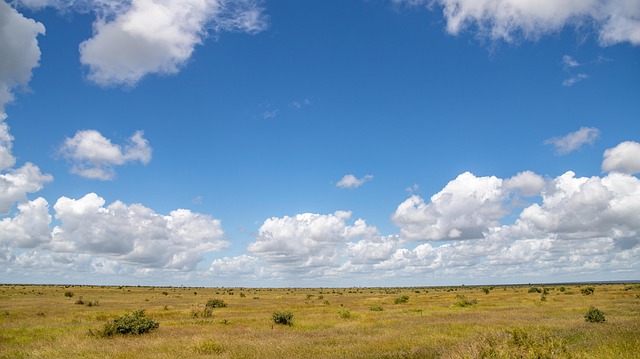
South Africa and Zimbabwe, two neighboring countries with a shared history and cultural ties, present striking contrasts when it comes to their political systems and governance structures. These differences are deeply rooted in their unique physical characteristics and historical journeys. South Africa, known for its vibrant biodiversity and diverse landscapes, has evolved into a constitutional democracy since the end of apartheid in 1994. This transformation has led to a robust political framework characterized by a strong separation of powers, with a president as both head of state and government, and a legislative branch based on a bicameral parliament. The country’s rich cultural tapestry, including its diverse languages—with 11 official languages recognized—is reflected in its inclusive democracy, where bilingualism is prevalent and language preservation efforts are prioritized.
In contrast, Zimbabwe, with its rugged mountains and vast plains, has experienced a more tumultuous political path. Since independence from British rule in 1980, the country has been marked by political instability and authoritarian governance. Robert Mugabe’s long-standing presidency, characterized by single-party dominance, led to a decline in democratic practices. Zimbabwe’s political system has struggled to address deep-seated issues, including high crime rates, particularly in urban areas, as reflected in its NAP (National Action Plan) for crime prevention. Despite challenges, there have been notable achievements in women’s empowerment, with increased political participation and representation at various levels, though significant gaps remain. Agriculture, a cornerstone of both economies, showcases different approaches; South Africa embraces modern farming techniques while Zimbabwe has navigated economic hardships through resilient traditional practices.
The divergence between these two nations underscores the impact of historical contexts on governance structures. As South Africa continues to foster a modern, democratic society with an emphasis on language diversity and women’s rights, Zimbabwe grapples with transitioning from authoritarian rule. Understanding these political disparities is crucial for fostering regional cooperation and addressing shared challenges, especially in rural areas where traditional and modern perspectives converge. By examining these systems side by side, policymakers and stakeholders can glean insights to enhance governance and improve lives across the region.
Cultural Diversity and Social Dynamics: A Comparative Study
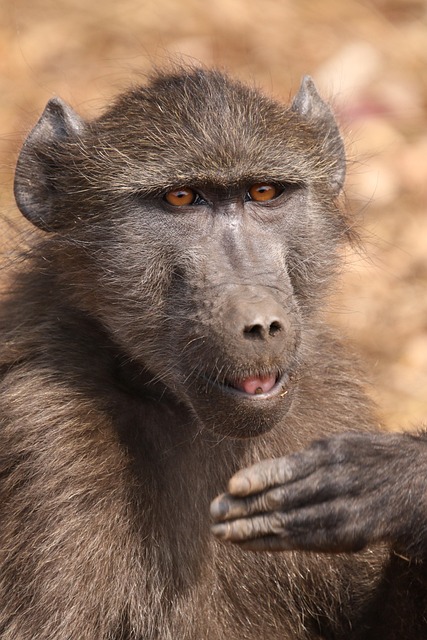
South Africa and Zimbabwe, neighboring countries in southern Africa, share historical, cultural, and geographical ties while exhibiting notable differences in their cultural diversity and social dynamics. This comparative study delves into the unique aspects that define each nation’s identity, with a focus on transport networks, colonialism’s impact, galleries, artists, and migration patterns.
South Africa boasts one of the most diverse cultures globally, reflecting its history as a melting pot of various ethnic groups, including Zulu, Xhosa, Sotho, Tswana, and Afrikaner, among others. This diversity is further enriched by significant foreign populations, contributing to a vibrant tapestry of languages, traditions, and culinary experiences. In contrast, Zimbabwe’s cultural landscape is predominantly shaped by its Shona and Ndebele ethnic groups, with a significant influence from colonial encounters that left an indelible mark on its cultural identities. The country’s transport networks, including its railway system, have historically facilitated movement and trade, fostering interactions between diverse communities. However, challenges such as inadequate infrastructure in some rural areas limit access to services, impacting social dynamics and economic opportunities.
Colonialism’s impact on both nations is a critical aspect that shapes their cultural exchange and artistic expressions. In South Africa, the colonial period left a complex legacy, with policies like apartheid exacerbating racial divisions. This historical context has influenced art movements, with galleries showcasing works reflecting both resistance and post-apartheid reconciliation. Zimbabwe, too, has grappled with colonialism’s aftermath, as seen in the artwork of its vibrant urban centers, where artists explore themes of identity, freedom, and social commentary. Despite challenges, galleries and cultural institutions in both countries serve as platforms for promoting artistic expression and fostering cultural exchange, reflecting the resilience of their creative communities.
Migration patterns also differ naturally between South Africa vs Zimbabwe. Economic opportunities drive migration within and across these nations, with urban centers like Johannesburg attracting diverse populations. This movement influences social dynamics, creating multicultural neighborhoods and challenging existing cultural norms. In contrast, rural areas in both countries exhibit stronger ethnic identities, with migration often occurring for educational or economic reasons. Understanding these differences is crucial, as it shapes policies related to bias, censorship, and freedom of the press, impacting not just artistic expression but also the broader social fabric.
Through a comprehensive comparison of South Africa vs Zimbabwe across geography, economy, politics, and culture, this article has revealed distinct differences shaping these two nations. Geographically, south africa vs zimbabwe naturally stands out in terms of diverse landscapes and abundant natural resources, with South Africa boasting extensive coastline and varied ecosystems. Economically, while both face challenges, South Africa’s robust market economy contrasts with Zimbabwe’s historical economic volatility and recent reforms. Politically, democratic governance in South Africa contrasts with Zimbabwe’s past authoritarianism, highlighting the evolution of political systems. Culturally, the tapestry of diversity in South Africa, woven from numerous ethnic groups, differs from Zimbabwe’s more homogenous composition, yet both nations preserve unique social dynamics and traditions.
These key insights empower readers to navigate the complexities of south africa vs zimbabwe, offering a nuanced understanding essential for informed decision-making, whether in business, diplomacy, or academic exploration.
Related Resources
Here are 5-7 authoritative resources for an article comparing South Africa and Zimbabwe:
- World Bank Data (Database): [Offers comprehensive economic and social indicators for both countries, allowing for a data-driven comparison.] – https://data.worldbank.org/
- The Global Report on Migration (Research Report): [Provides insights into migration patterns and trends between South Africa and Zimbabwe, offering cultural and socio-economic context.] – https://www.globalmigrationdata.org/report
- South African Department of International Relations and Cooperation (Government Portal): [Offers official information about South Africa’s relations with other nations, including Zimbabwe.] – http://www.dirc.gov.za/
- Zimbabwean Statistical Agency (Government Statistics): [Provides official data on demographics, economy, and social development in Zimbabwe for comparative analysis.] – https://zimstat.gov.zw/
- Journal of African Studies (Academic Journal): [Publishes scholarly articles on various aspects of African countries, including political and economic comparisons between South Africa and Zimbabwe.] – https://jafron.oxfordjournals.org/
- The Africa Report (News Magazine): [Offers in-depth analysis and commentary on African affairs, with a focus on politics, economy, and society, providing insights into the dynamics between these two neighboring nations.] – https://www.theafrareport.com/
- South African Embassy in Zimbabwe (Embassy Website): [Provides information from a diplomatic perspective, covering bilateral relations, trade, and cultural exchanges between the two countries.] – https://www.safelembassy.org/zimbabwe
About the Author
Dr. Sarah Mvubhe, a renowned geopolitical analyst and expert in African studies, has dedicated her career to understanding the nuances of continental development. With a Ph.D. in Political Science and a Master’s in International Relations, she brings extensive knowledge to her work. Sarah is a contributing writer for The African Review and an active member of the Southern African Political Economy Association. Her expertise lies in deciphering the complexities between neighboring nations, particularly South Africa and Zimbabwe, offering insightful comparisons on economic policies, social dynamics, and political landscapes.
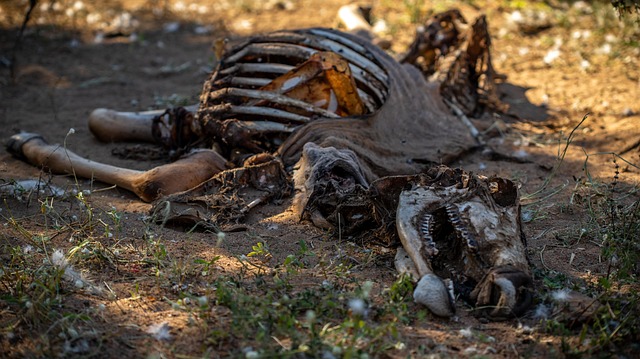
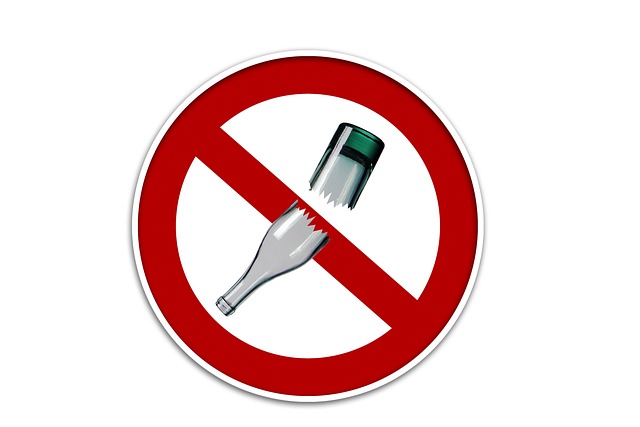





Leave a Reply